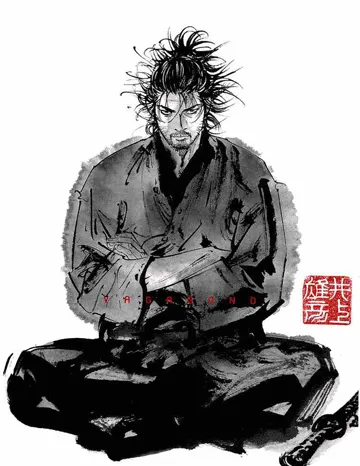A samurai sword of a katana.
Katana is a Japanese samurai sword with an outwardly curved blade more than 60 cm long (dajto) with a long and straight handle, which makes it possible to use the grip with both hands. A slight bending of the blade and a pointed end allow also the use of stabbing strokes. The battle with one hand is greatly complicated by the fact that
the katana has no pommel. The weight of Japanese katana is traditional for swords of this type (approximately 1 - 1.5 kg).
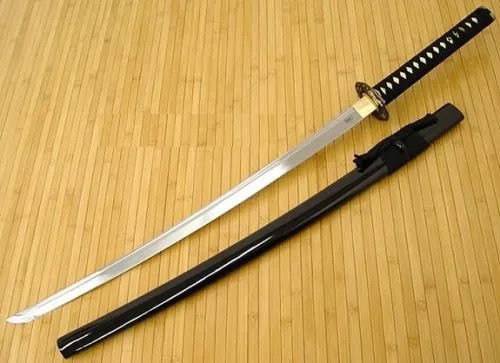
History and characteristics of katana.
The era of the samurai sword of katana began in the 15th century as a result of the improvement of the Tati. The Katana was used as a standard samurai weapon, mostly in pairs (the so-called daisy set-long and short) with a small wakizashi sword used in close combat or hara-kiri. Katana was only allowed to wear a samurai. Katana is the most durable sword in the world, which made it possible to cut almost all materials - meat, bones and even iron. Professionals in possession of a katana in battle with a fighter using a European sword could cut this sword (hardness of a katana blade 60-65 HRC against 50-58 HRC hardness of European swords).
Methods of owning a katana.
A long hilt made it possible to effectively maneuver the katana. How to hold the katana correctly? Primarily used grip, in which the end of the handle lies in the middle of the left palm, and the right hand grips the handle near the guard. The synchronous movement of both hands makes it possible to create a wide swing amplitude without large power costs. Basically, the blows are applied vertically. The widespread in Europe division into "block-strike" is practically not used. Instead, strikes are struck on the opponent's sword or hands, removing his weapons from the trajectory of the attack and allowing a further stroke to hit the opponent.
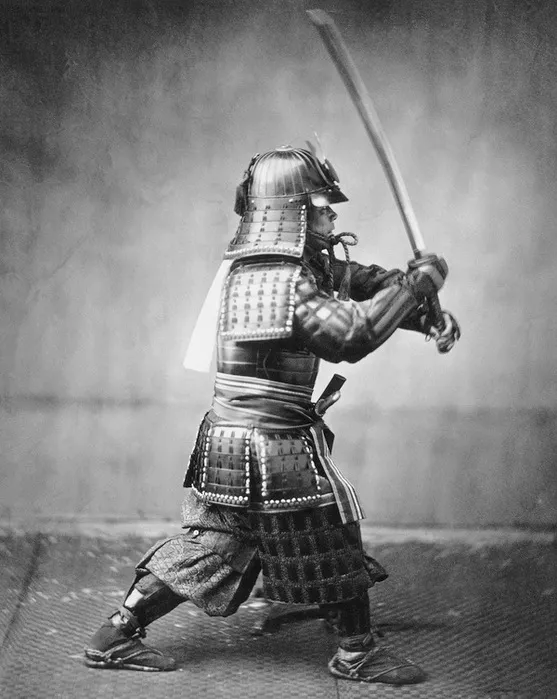
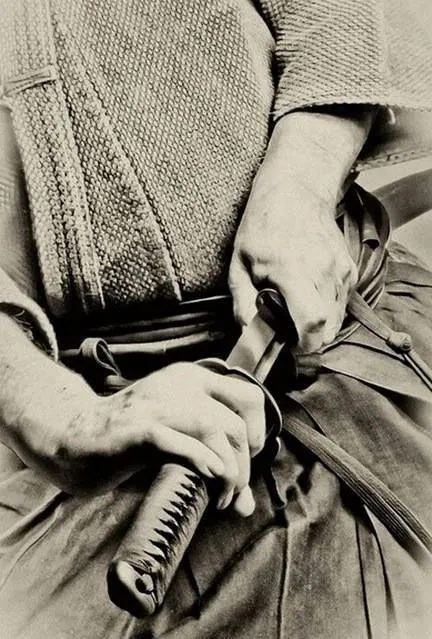
This Japanese samurai sword katana can be distinguished by the characteristic line of tempering the jamon, which is formed due to the use of special methods of forging and quenching, and on the handle of a tsuka, which is wrapped in a skin of a slope and wrapped in a strip of silk. As a skinning, simple skin could be used. Wooden handles or ivory handles come only from souvenir and ceremonial Katan.
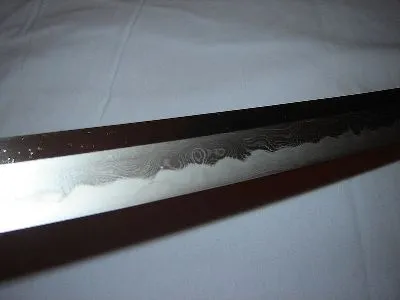
The blade is made of at least two different types of steel: viscous in the core and durable in the cutting edge. These components were cleansed by the method of multiple addition and welding before the forging.
Sheath of the samurai sword katana is called sai; they are made of wood and painted on their surface.
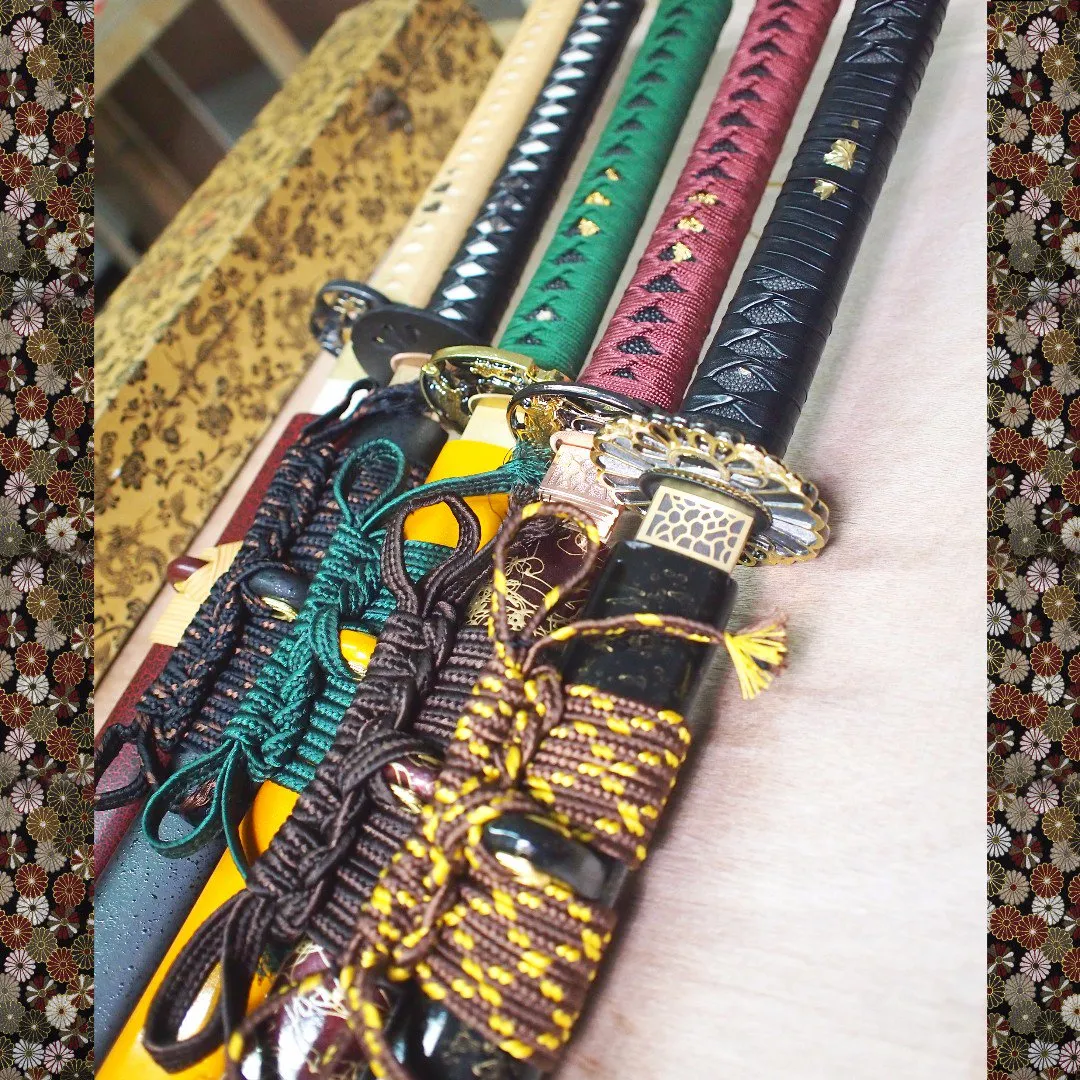
Wearing katana.
Japanese samurai swords katanu and wakizashi are worn with a blade upwards on the left side in sheath, which are placed behind the belt. When the samurai came into the house, he pulled out the katana from behind his belt. When threatened, he held the sword in his left hand in readiness for battle or, if he wanted to show confidence, in the right. As he sat down, he laid his sword on the floor within reach, while Vakizashi remained behind his belt. If there was no need to frequently use katana, she was left at home in an unedicated frame of silasia made of magnolia, which kept the sword from corrosion.
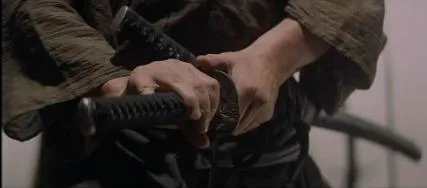
The art of making katana.
The manufacture of katana is divided into a large number of stages and can be several months. First, the steel segments of the tamahagane variety are placed side by side, covered with a clay solution and covered with ashes. This allows you to remove the slag from steel, which during melting is removed from the metal and will be absorbed by clay and
ash. Further, metal segments are heated to combine them. After that, forging is done with a hammer: the created rod is flattened and folded, then flattened and folded again - thus increasing the number of layers by a factor of two (10 folds yield 1024 layers, at 20 - 1048576). As a result, the carbon is evenly disposed in the rod, which allows Do so that the strength of the blade is the same across the surface.
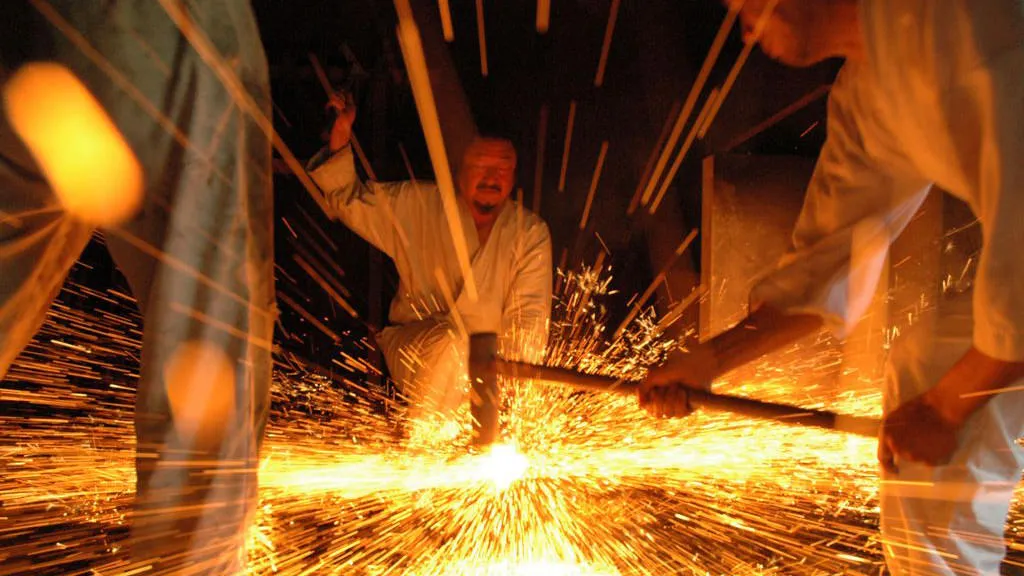
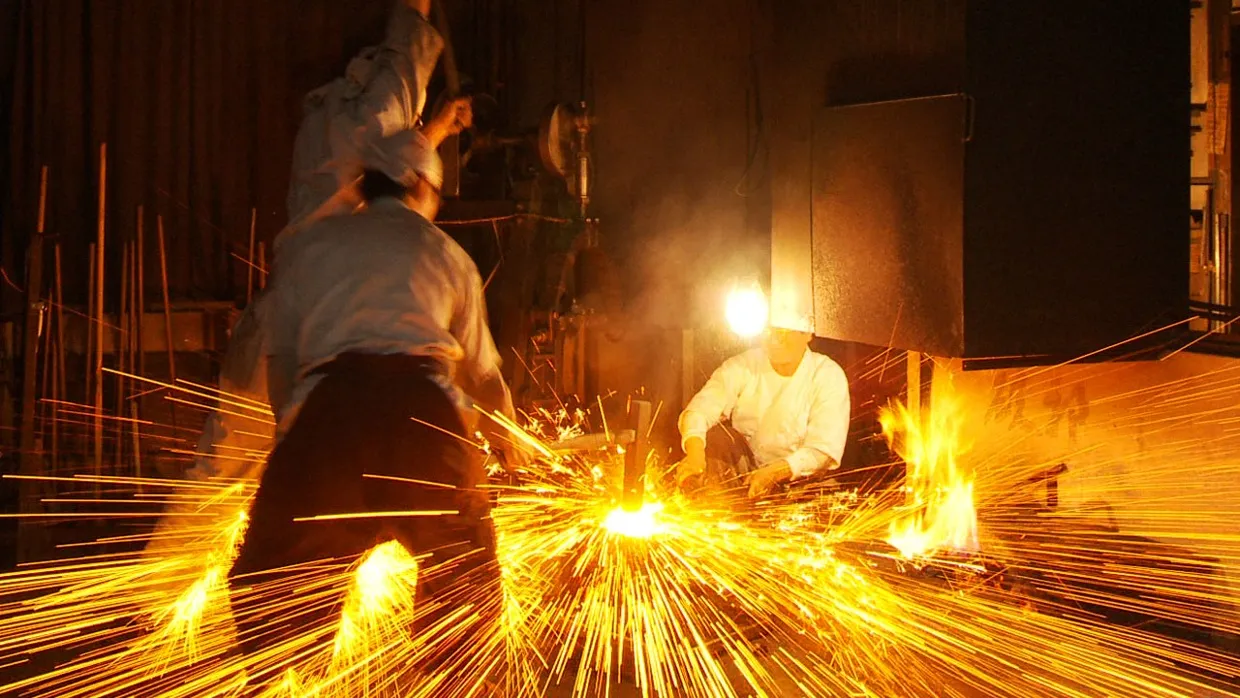
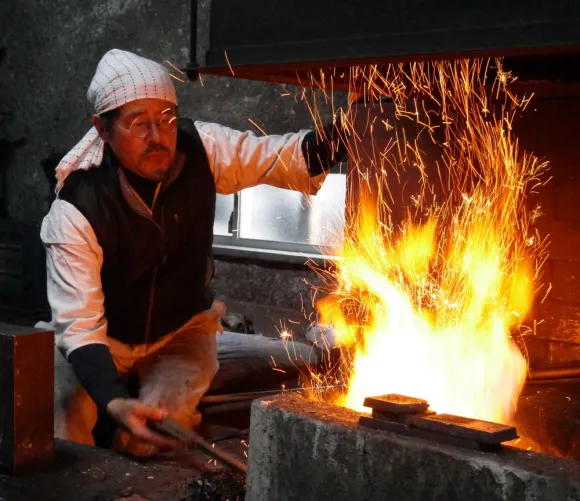
Then a more soft steel should be placed in the workpiece, so that the blade does not break under severe dynamic loads. During forging, which takes several days, the workpiece is elongated and the method of joining the strips with different hardness forms the blade structure and its initial shape. Next, a series of liquid clays is applied to prevent oxidation and overheating. On the cutting edge a pattern is formed - the hardening line for jamon.
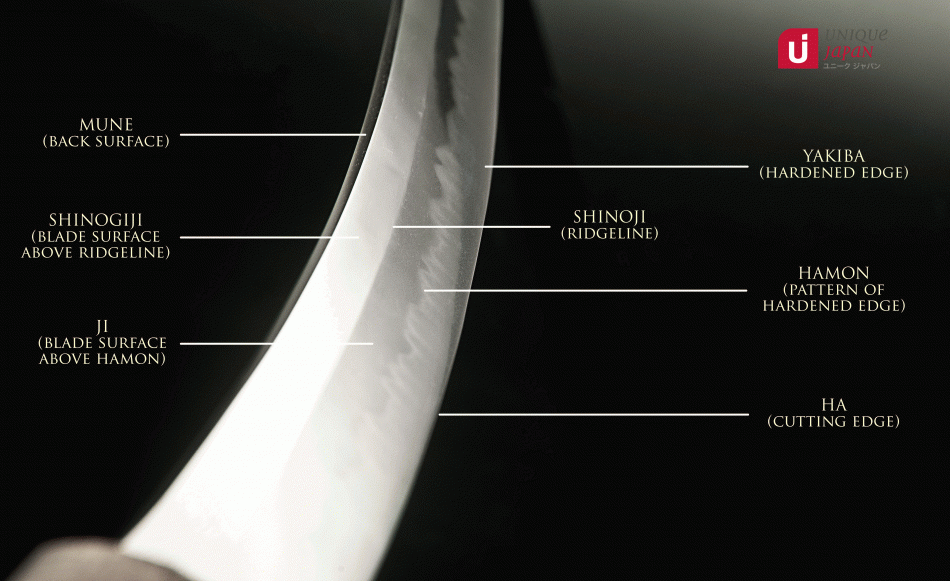
This line becomes visible during the polishing of the sword. Jamon is the hallmark of the master, it is possible to find out who created the katana. Then the sword is tempered: it heats up to a temperature of approximately 840-850 ° C and immediately cools, resulting in the katana assuming extraordinary hardness. In addition, during the quenching the blade itself bends, while the size and shape of the deflection are specific and depend on the cooling method. Then the blade is given a finished look, sharpened and polished using stones of different granularity. And the master strives to achieve completely flat surfaces and clear angles of faces between planes. Sometimes on parts of katana that have not been hardened, decorative engraving is usually created on the theme of Buddhism. After polishing and decorating the hilt, katana can be used.
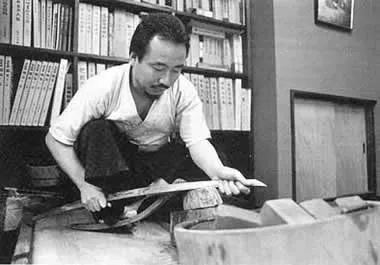
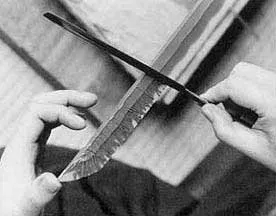
In conclusion, I would like to add ... a good sword is one that reliably lies in the scabbard.
